Seeing the wondrous glow of the northern lights spread across the sky is a once in a lifetime experience and will creates memories that will stay with you for the rest of your life.
The northern location of New Hampshire has allowed the state to experience the marvelous spectacle. However, to witness this phenomenon, you need to be in the right place at the right time. Here, we will be discussing the best places to see Northern Lights in New Hampshire.
Chocorua Lake
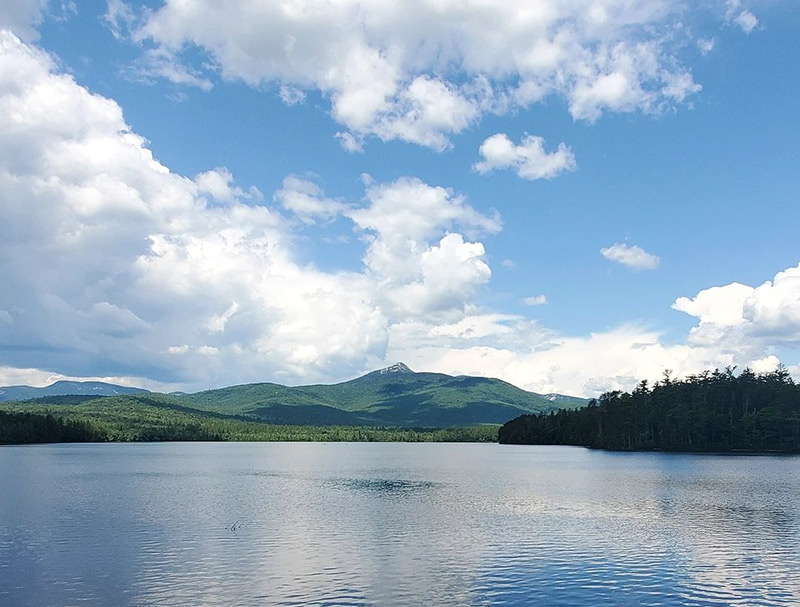
Chocorua Lake is a mesmerizing lake located in northeast New Hampshire. From the lake, you can see the view of Mount Chocorua summit. In the past, sightings of Northern Lights have been recorded in this area, though they were relatively fainter. You can expect to see the light display when you take a quick look over the lake towards the north.
Mount Monadnock
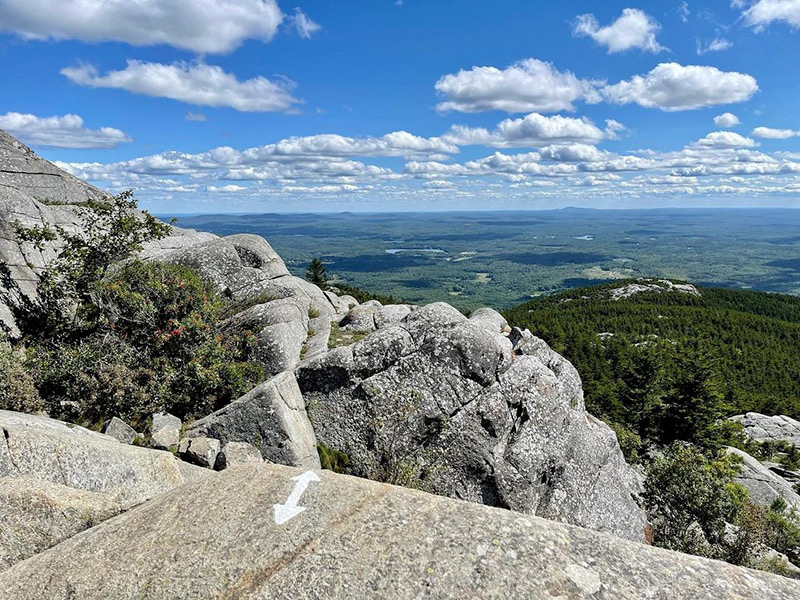
Mount Monadnock is a gigantic 3,165-feet tall mountain in the towns of Jaffrey and Dublin. It is also the most notable mountain summit in all of southern New Hampshire and the highest peak in Cheshire County. If you plan your trip right, you can most probably see the colorful lights from the aurora borealis brighten up the sky over Mount Monadnock. Previous sightings have been recorded, the most notable one being in 2003.
Newfound Lake
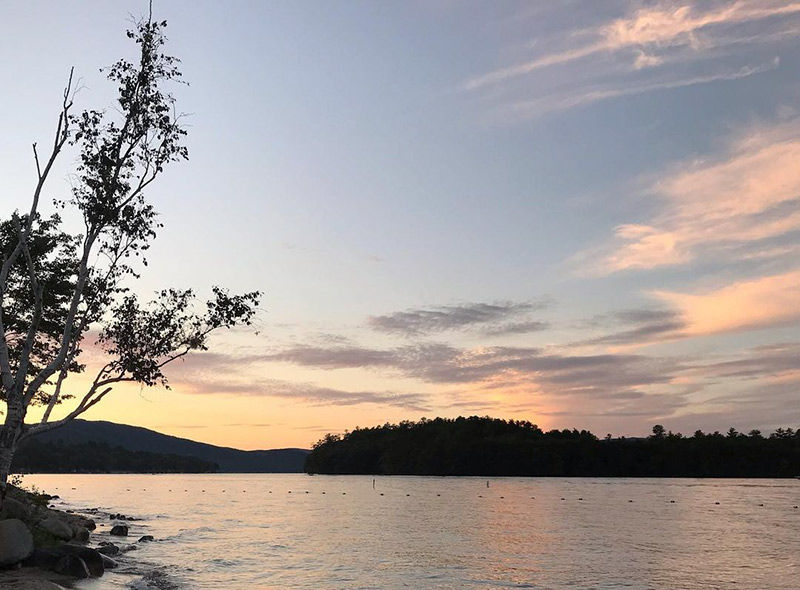
Newfound lake is situated in Grafton County, New Hampshire. The lake is spring-fed and hence very clean and crystal-like. Predictions are often made about when northern lights will be visible over Newfound Lake. You can arrive at the lake early to find a good spot and expect to see it later in the night, around 2 to 3 am.
Mount Washington
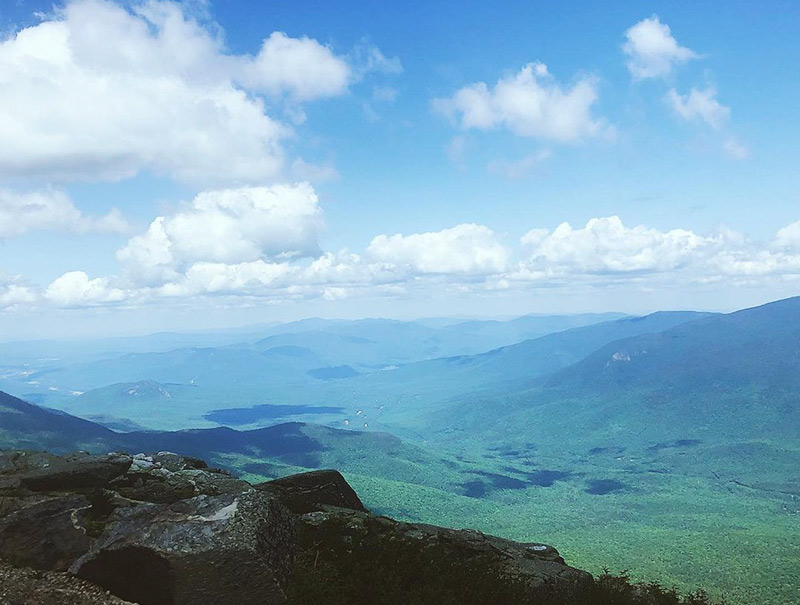
Mount Washington is considered one of the best spots to witness the beautiful northern lights in New Hampshire. Its high peak offers an excellent view, along with pitch darkness. Under certain conditions, when the sun sets, you will be able to observe faint lights dancing around in the sky, turning into deeper blues and greens, pinks, and purples. The display continues until the sun rises, making it all so surreal.
White Mountain National Forest
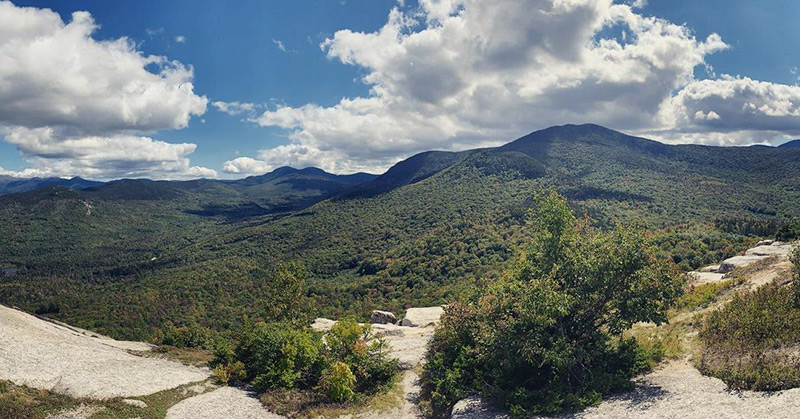
The White Mountain National Forest is located in eastern New Hampshire and western Maine. It features magnificent alpine peaks, hardwood forests, and mountain ranges. While there, you can enjoy different activities like hiking, skiing, and camping. If you are lucky, you can also catch the vivid colors of the northern lights as they light up the sky.
Lake Winnipesaukee
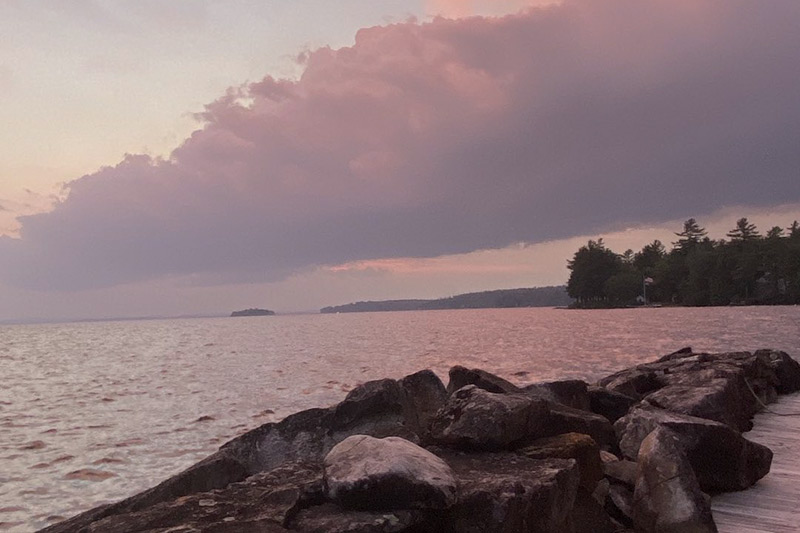
Lake Winnipesaukee is the largest and most prominent lake in all of New Hampshire. It is 21 miles long and offers a beautiful view. During the nighttime, you can see the aurora dazzle the sky. In November of 2003, it experienced an exceptionally strong solar storm. This led to the beautiful display of northern lights in the lake’s region.
Lakes of the Clouds
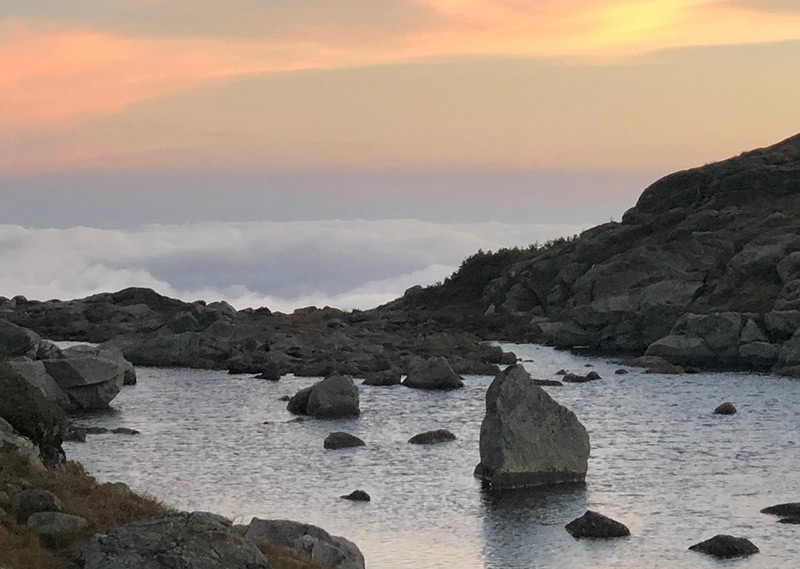
Lakes of the Clouds is a 4.4-mile out and back trail located near Jackson, New Hampshire, that features a lake. From the trail, you get a wide and beautiful view of the sky, perfect for observing the northern lights.
Franconia Notch State Park
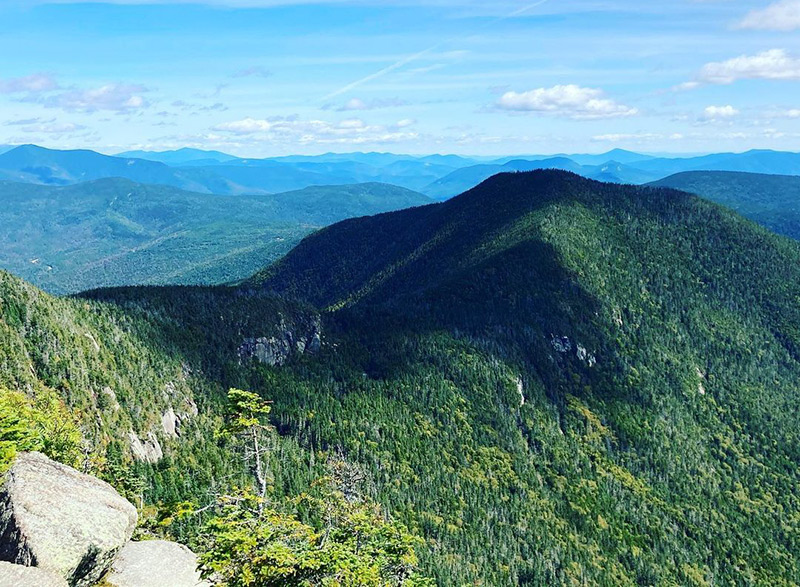
Franconia Notch State Park is a nature preserve and public recreation area sprawled across 8 miles. The low pollution level in the atmosphere allows a crystal-clear view of the twinkling aurora in the sky. Route 3 bridge along the Franconia Notch Bike Path is a great spot to observe the majestic phenomenon.
Odiorne Point State Park
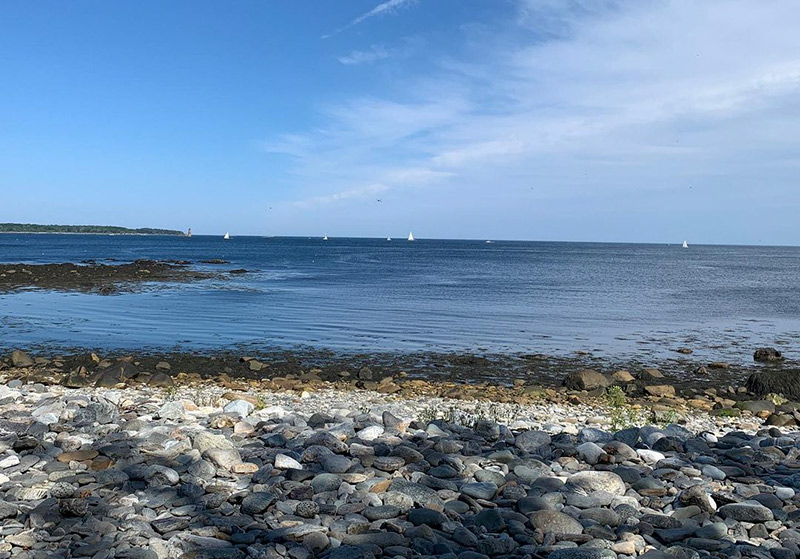
Odiorne Point State Park is a public recreational space situated in the Atlantic seacoast in New Hampshire. The park features the remains of WWII Fort Dearborn and the Seacoast Science Center. The park’s vast area and clear skies make it one of the best places for watching the northern lights.
Echo Lake
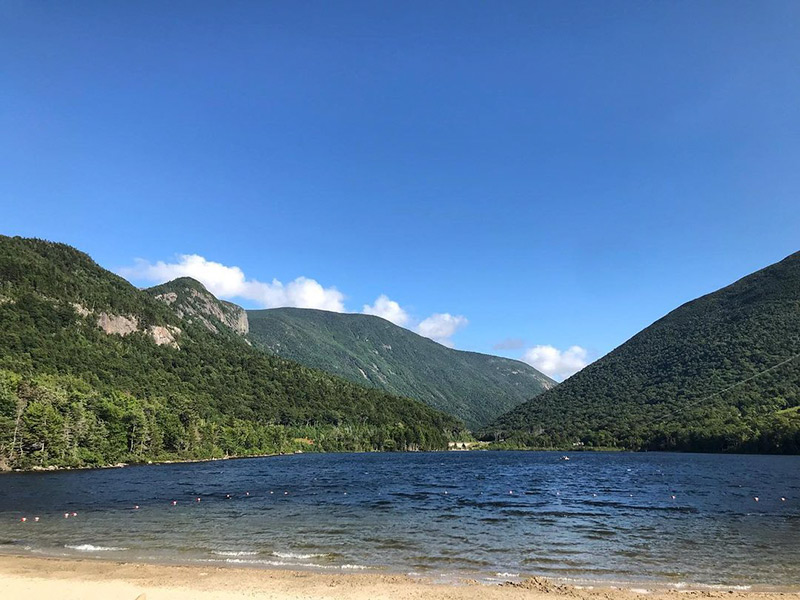
Echo Lake is a popular family-friendly state park to enjoy picnics and swimming. It has a scenic trail surrounding the 15-acre lake, which offers a breathtaking view of Cathedral Ledge. It’s a great spot to observe the sky during the nighttime.
Tips on seeing northern lights in New Hampshire
- Visit during wintertime – One of the most fundamental tips to remember when trying to see northern lights is to go during the colder months. That’s because the aurora is most visible during the northern hemisphere winter, between October and March. Wintertime translates to darkest night skies for the longest duration, which increases your chances.
- Head North – The ideal way to observe the northern lights is to go as north as possible. Most of the molecular activity takes place near the Earth’s magnetic poles.
- Follow the Weather Forecast – Weather is a determinant of how clearly you see northern lights. Location means nothing if the area you are heading to doesn’t have the right balance of cloudless skies and solar activity. So before finalizing your trip, check when the region will have ideal weather conditions. Go for the driest month, as clouds can greatly disrupt your view. Weather forecasts will alert you if the probability of northern lights is high during a certain night. That way, you will be more prepared and know what to do rather than relying on guesswork.
If monitoring solar activity and cloud coverage is too overwhelming for you to understand and monitor, don’t worry. There are plenty of apps that help you analyze these concepts so you can make the best decision regarding your trip. - Plan Fun Trips – Remember that northern lights will show up in the sky whether you are waiting for it or not. So rather than tiring yourself out in anticipation, have some fun while you’re at it. For instance, if you have decided to visit a national park to catch a glimpse, perhaps book a skiing trip or go hiking. These will allow you to have a fun getaway while also experiencing a rare natural marvel.
- Avoid the full moon – During a full moon, it makes the sky too bright to see the northern lights. Aim for the darkest and clearest sky, so anything under a 1/4 moon is perfect. That way, you will also be able to take some stunning photos.
- Be prepared for an all-nighter – The aurora tends to be the most active anywhere from midnight to 4:00 am, although this can differ. Keeping this in mind, pack your stuff, set your camp, and be prepared to pull an all-nighter.
- Dress right – Waiting for hours and hours in the cold, dark winter nights can be very exhausting, cold, and lonely. Make sure you have dressed appropriately, have snacks to keep you full, and perhaps some company.
- Be Patient – Last but not least, be patient. If you have done your homework and prepped really well for the aurora, then give yourself some time. The northern lights follow no schedule and can appear at any given time. You might see them right before the sun goes down, or you might have to wait out for a couple of hours. Always plan an activity on the side, so even if you fail to see the lights, you will not go back utterly disappointed.
What is the Best Time to See Northern Lights in New Hampshire?
Since weather plays a key role in the visibility of an aurora, clear skies and cool crisp air are important. This means winter is probably the best time, but it is not impossible to see them during the summer months. Similarly, you can also see the Northern Lights during the spring and fall seasons.
What is Light pollution, and how does it affect seeing the northern lights?
Light pollution is the presence of excessive and unwanted artificial lighting that dominates the atmosphere, especially at night. Misdirected and too much light pollution comes at a cost – it dilutes starlight, disrupts ecosystems, and interferes with astronomical research. In addition to that, it also lowers your chance of seeing northern lights since. This is because light pollution is usually brighter than the northern lights and can therefore wash out the majestic natural spectacle.
(Related: Can You See The Northern Lights in Chicago or Utah?)
What other factors affect whether or not you can see the northern lights?
The visibility of northern lights depends on two main factors. The first is geomagnetic activity, which is the degree of disturbance of the Earth’s magnetic field during the given time. The second is geographic location. Knowing the best location for viewing northern lights is important, without which you will just be wasting your time. Whether you plan to see the northern lights in New Hampshire or in Europe, knowing the right spots will make the process a lot easier. Besides that, the presence of clouds, a full moon, and local weather also affect whether you are able to see the aurora or not.
What hour of the day are the Northern Lights most visible?
Auroras are usually seen after dark. However, you can see them as early as 4:00 pm and as late as 6:00 am. Based on past patterns, the ideal range is 9:30 pm to 1:00 am.
Can Northern Lights be predicted or forecast?
Northern lights are difficult to predict, though not impossible. The strength and shape of the aurora can greatly differ from what was essentially predicted.
Before you head to any spot in New Hampshire to bask in the beauty of the northern lights, be sure to consider the above-mentioned tips into account.

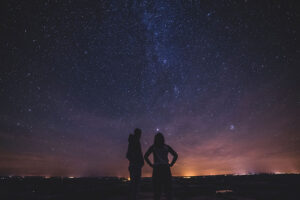
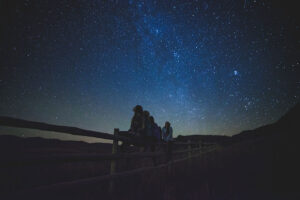
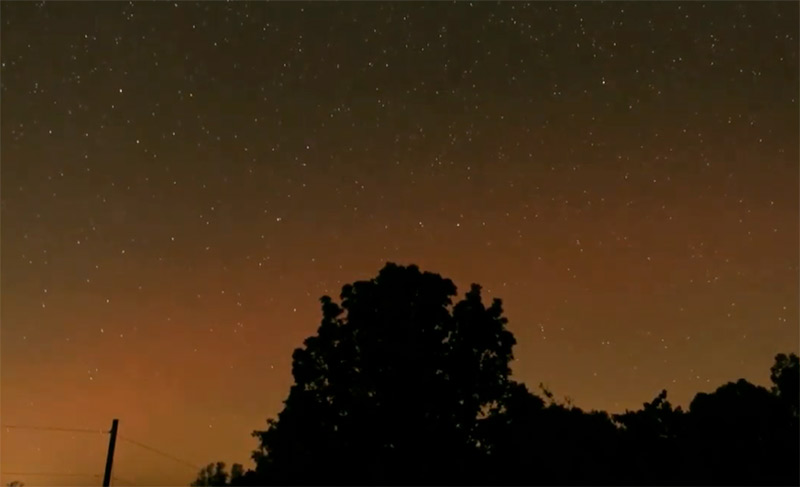
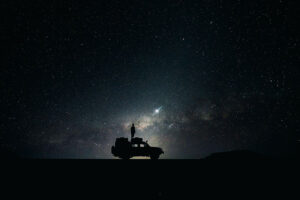
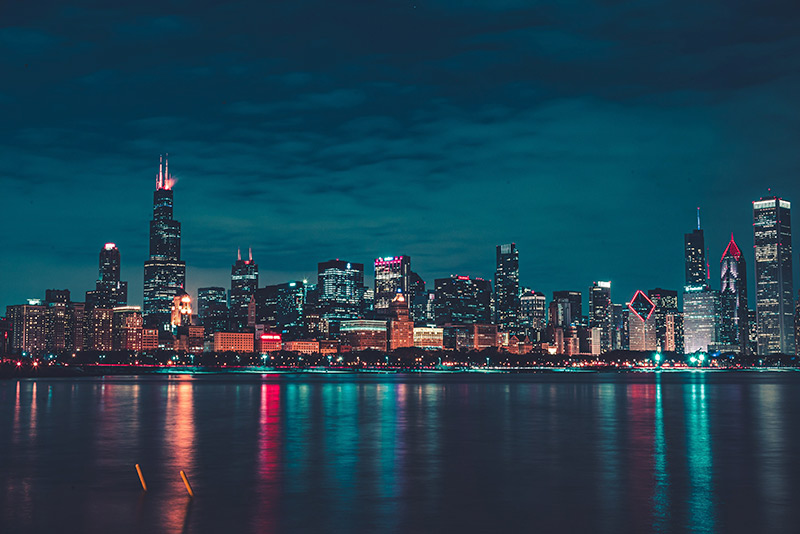
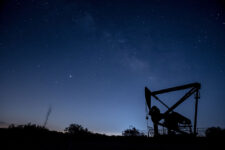
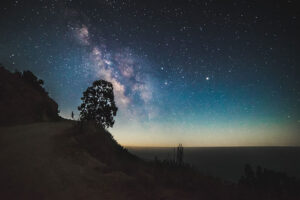
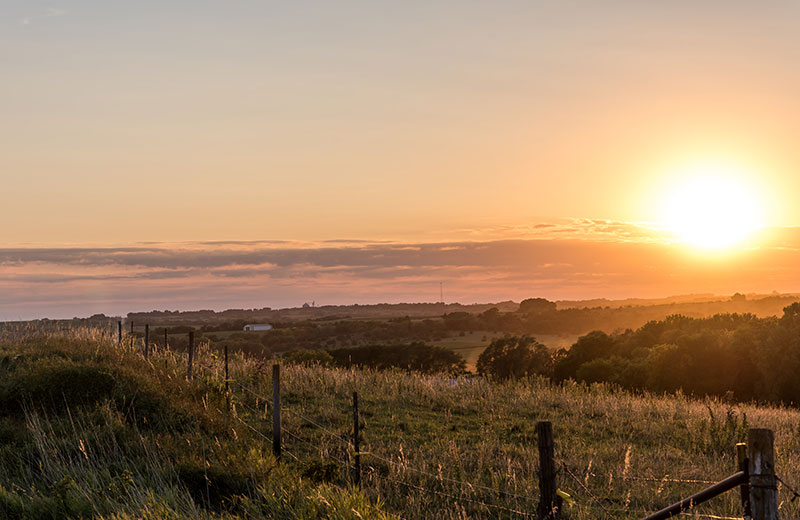
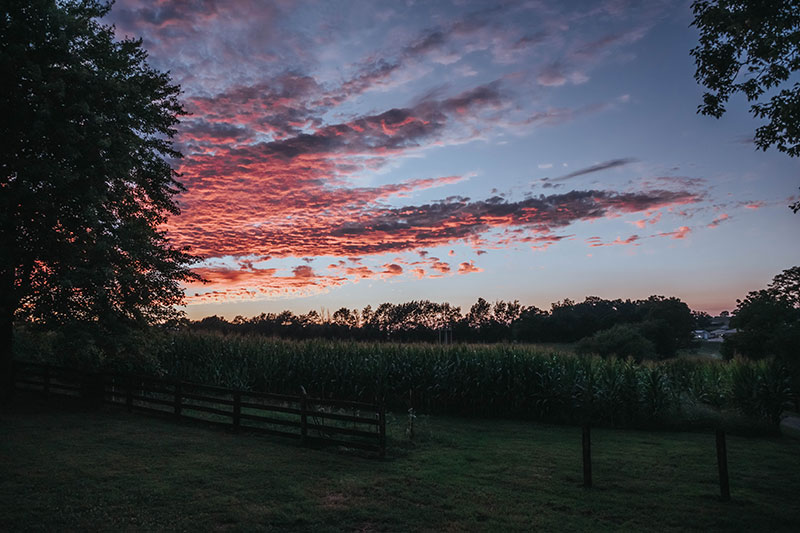
Leave a Reply